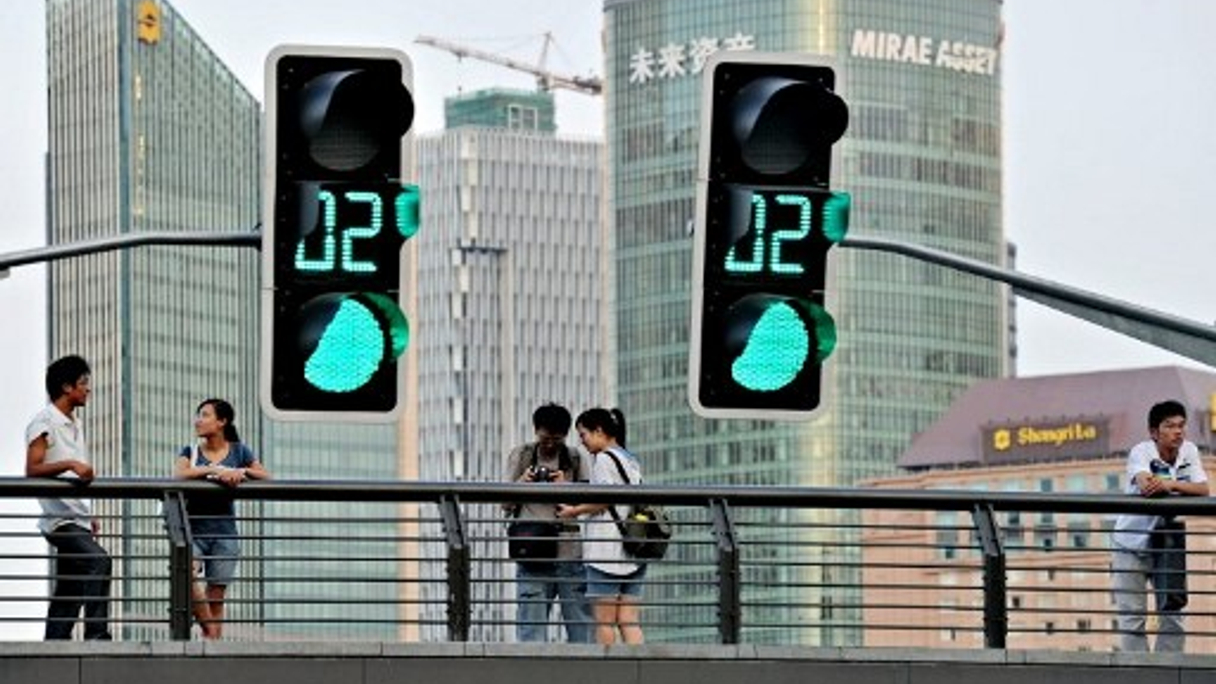A relaxation of rules governing the use of guarantees involving Chinese borrowers and external lending is just the start of a broader deregulation and should offer foreign groups more opportunities, according to a loans industry spokesman.
¬ Haymarket Media Limited. All rights reserved.



